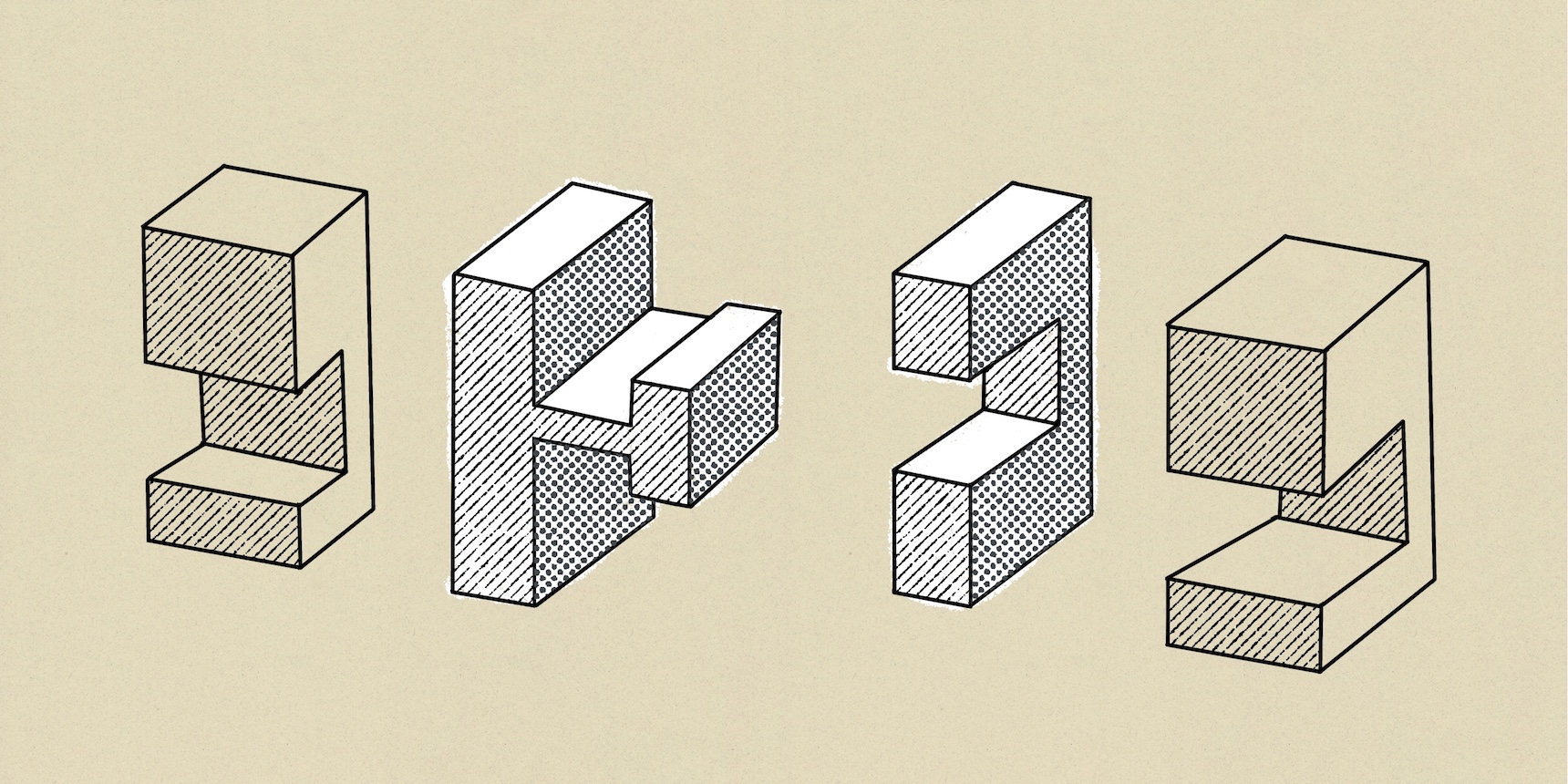
Let me be clear from the start: I am not driven by frustration. I received an invitation to participate in the Armenia-Diaspora Summit, but declined for the sole reason that my professional schedule prevented me from being in Yerevan at the end of October. I was, however, able to follow the panels, thanks to the live stream of the office of the High Commissioner for the Diaspora. And at this time, there is no contradiction between expressing serious reservations and the positive moments of this solemn yet familiar meeting. Solemn, because it is always a joy to meet people in Armenia who are spread out all over the world. It is familiar also because the 2022 edition looks very similar to the previous ones.
The actors have certainly changed, former Minister of Diaspora Hranush Hakobyan has given way to High Commissioner for Diaspora Affairs Zareh Sinanyan; the moderators are no longer representatives of traditional Armenian organizations but are well-established journalists in Yerevan; the Old World framework embodied by senior dignitaries from the old diaspora organizations gave way to a New World format comprised of 21st century individuals, giving the sense that Armenia-Diaspora thinking is moving from tradition to modernity, or more exactly from the Old model of the diaspora to a New model which is still barely emerging.
This was not the case. The slogans of today are the same as those of yesterday: “A Strong Armenia for a Strong Diaspora”, and vice versa; the emotion on the faces of today has nothing to envy to the tears flowing on those of yesterday; applause for the current remarks of some is no less lively than for the remarks of yesterday; and the multiple interventions of Zareh Sinanyan are equivalent in number to the speeches of Hranoush Hakobyan.
Indeed, the repetition of these great pan-Armenian shows omits essential elements: inclusion, strategy and methodology. Regarding inclusion, it is clear that the forces of the Old Regime, like those of the current government in Yerevan, have not grasped the importance of the dynamic of social integration. Previously, summits like this were almost inaccessible to individuals from civil society. Today, traditional organizations have boycotted the summit because the conditions for them to participate do not seem to be in place, or the space granted is too narrow for their authority. We must remind everyone — the churches, the parties and the various powers, that no authority nor organization has a monopoly neither on the Armenia-Diaspora theme, nor on Armenian affairs, nor on HayTad. It is only together that we will be able to overcome the challenges that Armenians face. There is room for everyone because all traditional and modern organizations have failed in mediating Armenia-Diaspora relations. All of them.
If Armenia-Diaspora summits end with the impression that we are left wanting, it is because they lack strategy and meaning. They lack strategy and meaning because the first step to organizing these summits is missing: a strategic reflection relating to political philosophy and the social sciences. It is only through this lens that the Armenia-Diaspora question can move from the metaphysical to the empirical. Only the social sciences and philosophy can respond to the challenges of humans in time and space. What is the Armenia-Diaspora theme if not the projection of the individual in the space-time matrix?
The questions rightly raised by Prime Minister Nikol Pashinyan during the opening of the summit purely relate to political philosophy and the social sciences. Yet we let people who are out of step with the philosophical approach and the human sciences respond to the major questions he raises. This is for good reason — Armenian political thought discovered the social sciences only 30-40 years ago and still, exclusively in the Western part of the diaspora. Elsewhere and before, it is a desert. In Soviet Armenia, it was—if not forbidden—then at least suspect to practice sociology and philosophy. Before, in the 19th and 20th centuries in Armenia, ideologies preceded the state (Dashnakism, Bolshevism, Christianity); not long periods favorable to the social sciences. Under these conditions, without strategy or meaning, any large-scale enterprise between Armenia and the diaspora is doomed to failure, or at the very least to performances with high participation but without foundation or social contract.
The social contract is where the third point lies: after inclusion (all together) and strategy (humans in their space and time), comes methodology — without which nothing concrete can be undertaken. Without an inclusive and strategic methodology, these summits will go around in circles and lead to nothing, as has been the case for 30 years. What are we talking about?
Once again, the Armenia-Diaspora summit proceeds as a vertical operation — top-down, from elites to the people, in the name of traditional legitimacy. Without a comprehensive approach with participation from the social and grassroots base, however, there can be no social contract. Without trust, these transnational demonstrations are redundant. A social contract based on a new methodology would push the “power elites” to get out of their comfort zone and come into contact with the social and diasporic realities that they ignore or neglect.
Thus, the recommended methodology could be based both on the Armenia-Diaspora geographical link as well as the thematic link of the skills of these two spheres of the Armenian world — all at the service of the global Armenian state. It would be possible to start with the creation of a joint Armenia-Diaspora commission composed of philosophers and social science professionals (sociologists, political scientists, historians) to make sense of this theme. It would be possible to also create Armenia-Diaspora geographical commissions (for example, Armenia-Europe, Armenia-France, Armenia-CIS, Armenia-Russia, Armenia-North America, Armenia-United States) and joint commissions that could discuss themes of migration, crafts, business, education, new technologies. Each geographical commission would be made up of 14 people — seven from the diaspora (three from traditional organizations and four from civil society) and seven from Armenia (three from the state apparatus and four from civil society). These commissions would have one year to submit a report with an inventory, recommendations and agenda. Once the reports are sent to Yerevan, the authorities organize an Armenia-Diaspora summit with the participation of all the commission members. This is where business would begin: rationalizing and establishing a roadmap for four years.
Inclusion, strategy and methodology are the three key elements of the Armenia-Diaspora relationship. Without them, it’s a place for folklore, fetishism and self-segregation, and it will lead to failure.
Also see
From Magazine Issue N6
May 2021
The Terrain of “Living” Western Armenian Literature
Western Armenian literature does live in many different environments, traditional or innovative. The question, however, is in what conditions or with what prospects? New pathways are necessary to keep it “living.”
Read moreGround Zero: Back to the Question of the Diaspora
Will the 2020 Artsakh War be a turning point for the diaspora to reassess and define a new agenda for itself? Dr. Khatchik DerGhougassian argues that a paradigm shift has started to occur in how the diaspora sees itself and its relationship with the homeland.
Read moreDiaspora Conceptualizations and the Realities of the Armenian Diaspora: Some Preliminary Observations
Do diasporas have agency, imagined and conceptualized, to produce collective behavior or are they too vast and heterogeneous to generate any coordinated collective action in unison?
Read moreAhead of the 106th anniversary of the Armenian Genocide, observed on April 24, EVN Report’s April issue entitled “Diaspora” focuses on the realities of the Armenian diaspora and attempts to understand the multi-layered, multi-dimensional nature of the ever-changing Armenian diaspora. Today, in the post-war reality, it is important to redefine and recalibrate the relationship between Armenia and its diaspora.
Guest editor Varak Ketsemanian, a PhD candidate in Near Eastern Studies at Princeton University, writes: “Not only did the past year bring unprecedented threats to the Armenian state and the diaspora as living and dynamic units, but it has also cracked open a Pandora’s Box, unleashing a whole wave of new problems and issues that both sides were not ready to confront. The military defeat we witnessed on the battleground also signaled the defeat of long-established patterns and tropes of Armenia’s relationship with its diaspora and vice-versa. The articles of this special issue are humble efforts in this regard.”
See the full issue here

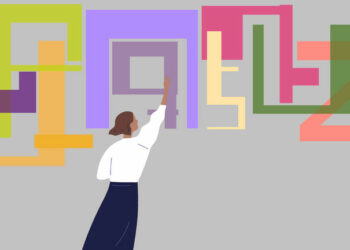
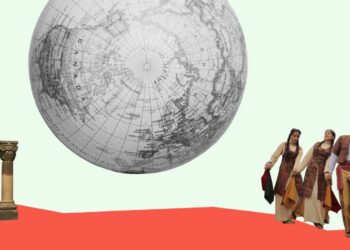
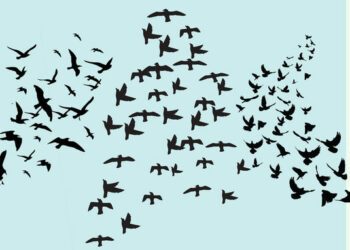
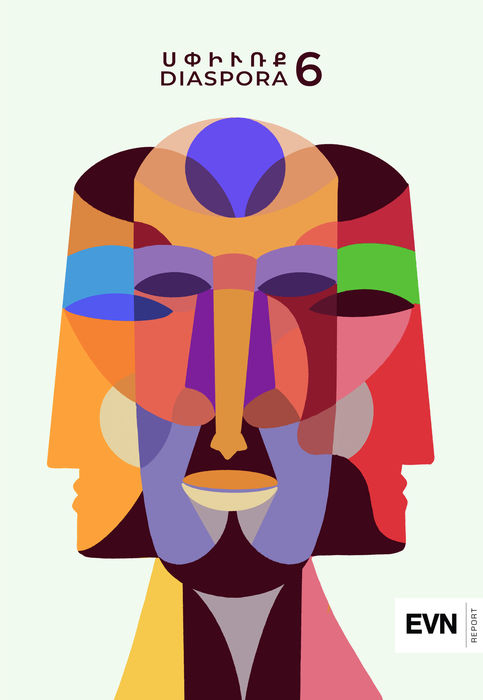








Couldn’t agree more with the author. Personally, one of my biggest disappointments from the 2018 Revolution was Zareh Sinanyan. The hopes were indeed high – here comes a young Western politician from one of the most important centers of Diaspora to replace a notoriously corrupt ex-Soviet apparatchik. The sky was the limit! Alas, I haven’t witnessed *any* changes let along progress in how Armenia and Diaspora work together. His full time *job* is exactly what the author is describing – and yet we are back to the old cliches which failed us for 30 years. He needs to go!
I’ll be brief. This is an informed contribution to this critical topics. I wish more people could understand, speak to and find inspiration in this statement: “If Armenia-Diaspora summits end with the impression that we are left wanting, it is because they lack strategy and meaning. They lack strategy and meaning because the first step to organizing these summits is missing: a strategic reflection relating to political philosophy and the social sciences. It is only through this lens that the Armenia-Diaspora question can move from the metaphysical to the empirical.”
The author and commentators miss the fact (or mention ) that thus far there is an unsurmountable misunderstanding as well as lack of trust between Hayastan and her diaspora and that is not mr. Zareh Sinanyan’s fault.